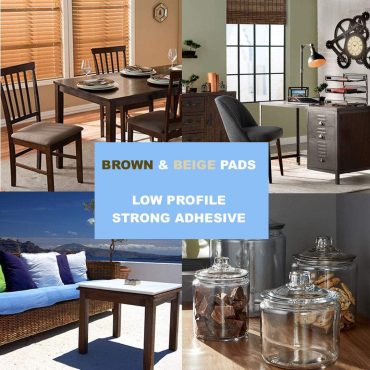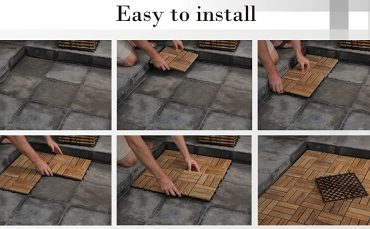1. Durability and Strength: Quality hardwood flooring, such as oak, maple, or hickory, is durable and can withstand the demands of daily kitchen activities. Hardwoods are less prone to scratches and dents compared to softer woods.
2. Aesthetic Appeal: Wood flooring adds a timeless and natural beauty to your kitchen, creating a warm and welcoming atmosphere that complements various design styles.
3. Comfort Underfoot: Wood flooring provides a comfortable surface to stand on while cooking or working in the kitchen, making it more ergonomic than harder materials like tile or stone.
4. Easy Maintenance: Regular sweeping, vacuuming, and damp mopping are usually sufficient to maintain wood floors. Keep spills and water exposure to a minimum and clean up promptly to prevent damage.
5. Versatility in Design: Wood flooring comes in various colors, finishes, and patterns, allowing you to choose a style that coordinates with your kitchen’s design and color scheme.
6. Warmth and Acoustic Benefits: Wood flooring can add warmth to the space both visually and physically. It also has acoustic benefits, reducing noise compared to harder flooring surfaces.
7. Compatibility with Radiant Heating: Wood flooring can work well with radiant heating systems, ensuring a cozy and comfortable kitchen environment during colder months.
8. Resurfacing and Refinishing: Over time, if your wood flooring shows signs of wear or scratches, you can sand and refinish it to restore its original appearance, extending its lifespan.
9. Seamless Transition to Adjacent Areas: If your kitchen is open to other living spaces, using the same wood flooring material can create a seamless transition, enhancing the flow and cohesion of your home’s design.
10. Area Rugs for Protection: Using area rugs or mats in high-traffic zones, such as in front of the sink or stove, can protect your wood flooring from spills and heavy foot traffic.
11. Regular Maintenance: Implementing proper maintenance practices, like wiping up spills promptly and using recommended wood floor cleaners, can help prevent water damage and keep your wood flooring looking its best.
12. Protective Measures: Place felt pads under furniture legs, use cutting boards and trivets to protect against scratches and heat, and encourage family members to remove shoes indoors.
13. Suitable Finishes: Choose finishes that offer good water resistance, such as water-based polyurethane or engineered wood with a strong protective layer.
In summary, wood flooring can be a practical choice for kitchens as long as you’re mindful of proper maintenance and potential risks. By selecting durable wood types, applying suitable finishes, and taking preventative measures, you can enjoy the beauty and functionality of wood flooring in your kitchen for years to come.















